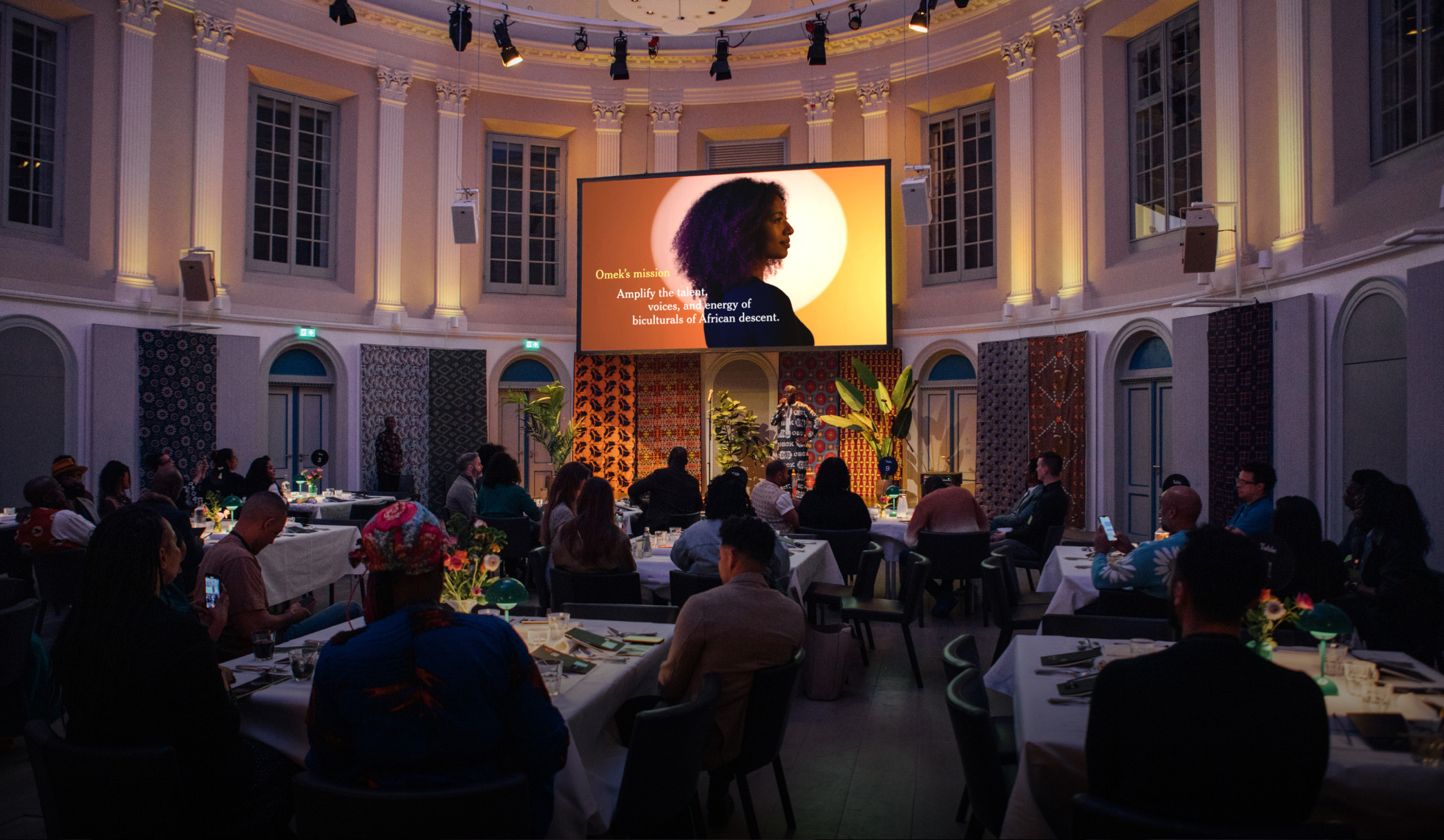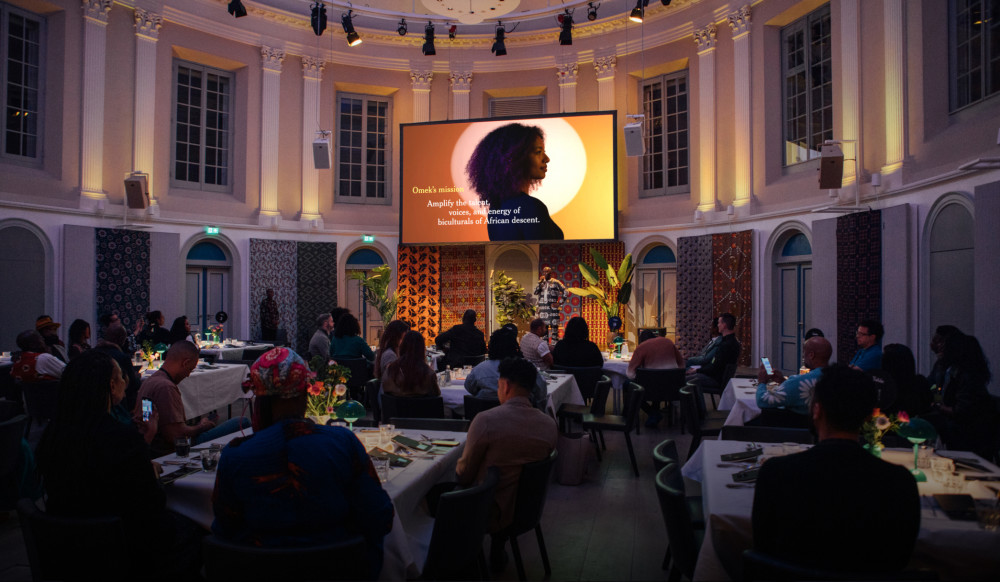
For many Black and bicultural professionals, our lived experience isn’t a side note or an extra credential—it’s essential. In workplaces where “diversity” is still too often a checkbox, our perspectives are not just making up the numbers. We’re shaping strategy, solving problems others don’t even see, and driving results that actually matter.
Research backs this up: being bicultural isn’t just about blending in or switching codes to get by. It means carrying a set of cognitive and relational tools that make us indispensable in complex, global environments. We’re used to navigating ambiguity, reading the room (even when the room keeps changing), and combining perspectives to spark creativity and innovation. As recent studies show, bicultural professionals “achieve higher promotion rates and more positive reputations compared with assimilated or separated individuals”—not because we’re working twice as hard, but because we’re thinking differently.
Still, most organizations haven’t figured out how to recognize or leverage this. Too often, the burden falls on us to prove our value while quietly bridging gaps, translating nuance, and keeping things moving. This guide is about naming those skills, claiming them as core leadership assets, and showing—with evidence and impact—how our bicultural toolbox isn’t just relevant. It’s the advantage.
1. What is Your Bicultural Toolbox
Your identity isn’t a decorative accent—it’s the framework that shapes how you see, think, and lead. For those who’ve grown up navigating more than one culture, this isn’t background noise; it’s a core operating system. Global organizations are starting to recognize that fluency in multiple cultures, languages, and traditions isn’t just interesting, it’s a real strategic edge.
- Articulate Your Cultural Duality: Share how your upbringing, migration, or identity has influenced your worldview. For example: “Raised between Senegal and Belgium, I learned to observe, adapt, and honor both directness and nuance.” This isn’t about listing credentials—it’s about showing how your lived experience shapes your approach and decisions, offering something no template can replicate.
- What’s in the Toolbox: Each country or city you’ve called home adds new tools: reading subtle cues in conversation, switching communication styles, navigating unfamiliar systems, or building relationships from scratch. These experiences foster language skills, cultural awareness, adaptability, and resourcefulness—assets that matter in any setting.
- Reframe Identity as Leadership Asset: Your identity is a leadership strength, not a side note. Being able to see both the system and the story gives you a perspective few others have. Research shows that embracing both your mainstream and heritage cultures is linked to greater resilience, creativity, and psychological well-being—qualities that set you apart as a leader.
2. Show How You Navigate Complexity
Navigating complexity as a bicultural professional is like being fluent in both jazz improvisation and classical composition—you know when to follow the score and when to riff, depending on what the moment demands.
- Highlight Adaptability Under Pressure: Bicultural individuals often thrive under pressure by quickly adapting their approach to fit shifting cultural contexts. Research shows that this real-time reflection and adjustment—called cultural metacognition—enhances problem-solving and resilience in complex, multicultural situations. It’s this ability to turn uncertainty into opportunity that makes bicultural leaders especially effective.
- Map Cultural Insight to Strategy: Bicultural leaders use their understanding of cultural nuances to shape strategy that fits the context. This means recognizing when a direct approach will drive results or when subtlety will build trust, and aligning team goals accordingly. Research shows that leaders who factor in cultural perspectives are better at creating strategies that resonate locally and succeed globally.
- Demonstrate Relational Intelligence: Building on this, bicultural professionals often become central connectors in their organizations—bridging teams, translating expectations, and fostering genuine collaboration. Studies find that these leaders excel at boundary spanning, using empathy and cultural fluency to resolve conflict, build networks, and strengthen multicultural teams. This relational intelligence turns cultural diversity into a source of unity and innovation.
3. Position Yourself as a Bridge, Not a Bystander
Anyone can nod along and keep their head down, but bridging means you’re the one who actually connects the dots when different sides don’t quite get each other. It’s not about being invisible; it’s about being the go-between who makes sure ideas, feedback, and even jokes don’t get lost in translation. In other words, you’re the person who helps the team work together, not just side by side.
- Spot and Solve Cultural Disconnects: Bicultural professionals add real value by spotting miscommunications early and stepping in to clarify before things go off track. Their cross-cultural insight doesn’t just prevent mistakes—it helps teams work smarter, avoid unnecessary conflict, and build trust. In diverse organizations, these “boundary spanners” are often the reason projects stay on course and everyone feels included in the process
- Name Inclusion as a Practice: Inclusion isn’t just a buzzword—it’s something you do, not just something you say. Bicultural professionals make this real by noticing who’s left out of the conversation and making sure their voices are heard. Whether it’s inviting quieter colleagues to share their thoughts or explaining cultural nuances others might miss, this everyday advocacy helps everyone feel respected and seen. It’s a practical habit that builds stronger teams and sets a standard for what real inclusion looks like.
4. Tell Stories That Show, Not Just Say
Stories are far more convincing than a list of skills or buzzwords. When you share a real example—especially one rooted in your own lived experience—you help others see the impact of your actions, not just hear about your intentions. Effective stories connect across cultures by focusing on universal themes and real outcomes, making your message relatable and memorable.
- Focus on Impact: If you want your story to land like a negotiation—sharp, memorable, and persuasive—focus on how you tell it, not just what happened. Start with the tension: set the scene so your listener feels the stakes. Use clear, direct language (“Here’s what I saw. Here’s what I did. Here’s what changed.”). Don’t shy away from naming the emotions or risks in the moment.
- Tell the Story Only You Can: Don’t just recite your résumé—pull your listener into a moment only you could have lived. Start with what made the situation unique to you (“No one else in the room had seen this market from both sides”). Spell out the challenge, then show how your background gave you an edge (“I knew what would land, and what would fall flat”). End with the punchline—the result that wouldn’t have happened without your perspective. Make it specific, make it yours.
Final Thought
If there’s a through-line here, it’s this: being bicultural isn’t about ticking a box or fitting a mold—it’s about seeing what others miss and moving things forward because of it. The tools you’ve built—adapting on the fly, mapping strategy to context, bridging divides, and telling stories that land—aren’t just survival skills. They’re leadership in action.
The challenge now isn’t whether these strengths matter, but whether you claim them out loud and use them with intention. When you do, you’re not just contributing to diversity—you’re setting the pace for what modern leadership looks like. And if organizations are paying attention, they’ll realize: the edge they’re looking for is already in the room.
Photography by Shannon Kanhai


